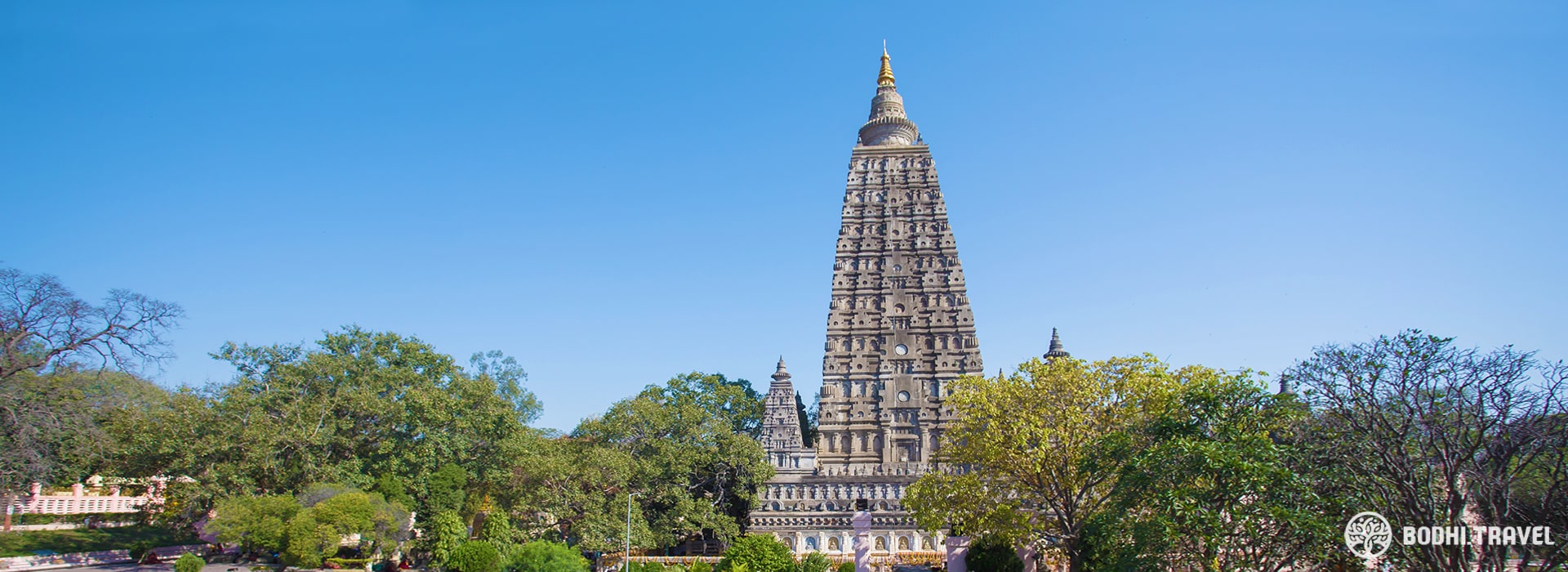
Four Sacred Buddhist Sites (II)
BODHI ADMIN - Posted on January 10, 2020 - 2,724 Views
Bodh Gaya is the place where we can find the site of the Bodhi Tree, under which the Shakyamuni Buddha sat and attained Enlightenment. It is also the site of the Mahabodhi Mahavihara, a reconstruction of an ancient shrine built to commemorate the seat of Enlightenment.
Today the Mahabodhi Mahavihara and its surroundings are managed by the BodhGaya Temple Management Committee – a not-for-profit organisation. In 2002, the Mahabodhi Temple Complex at Bodh Gaya was officially inscribed as a UNESCO World Heritage Site. https://whc.unesco.org/en/list/1056/
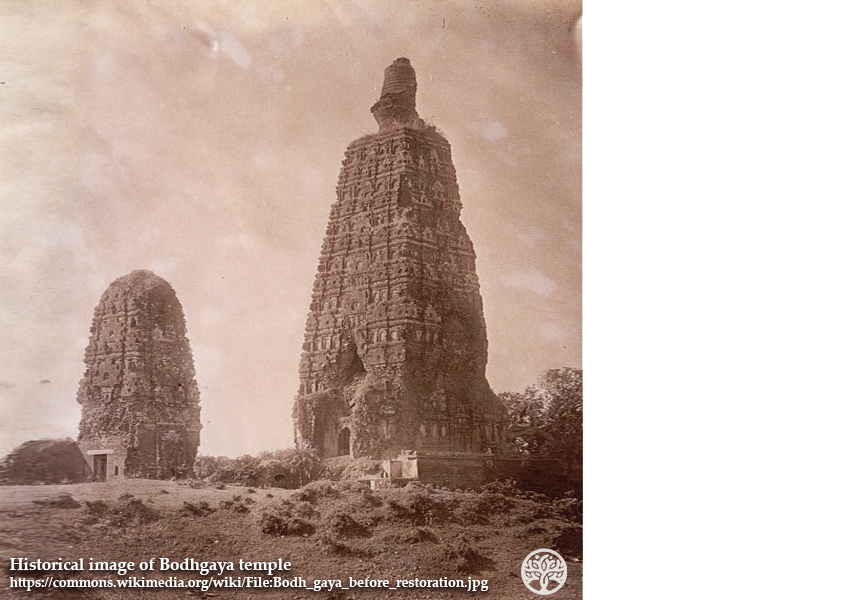
The Mahabodhi Mahavihara is one of the oldest living shrines in the world. Its message and beauty have spread all over Earth. The current structure was reconstructed more than a hundred years ago following excavations by British researchers and campaigns by Buddhists.
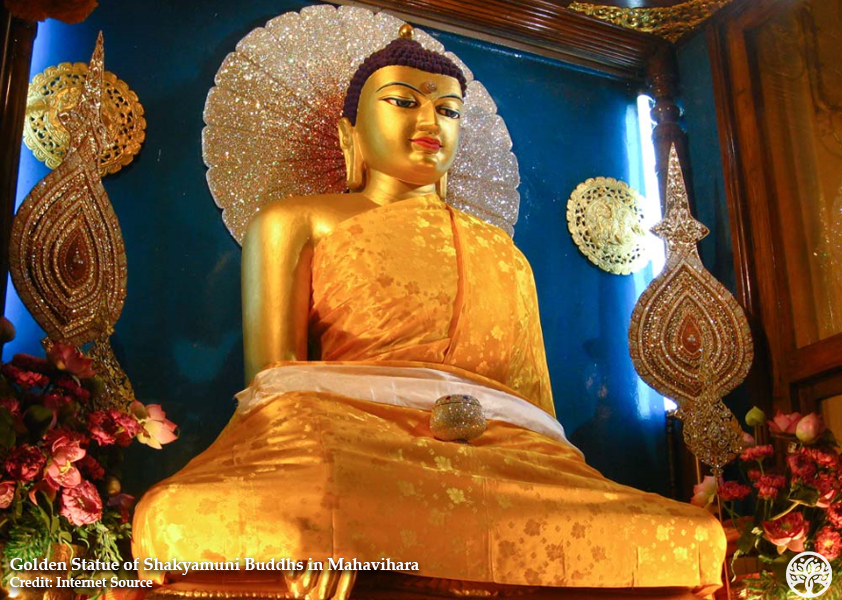
Located inside the Mahavihara is a small room with a golden statue of the Shakyamuni Buddha. Devotees will quietly queue up to make their way inside the room to pay their respects, conduct their prostrations and reaffirm their vows before making their way out to the exterior.
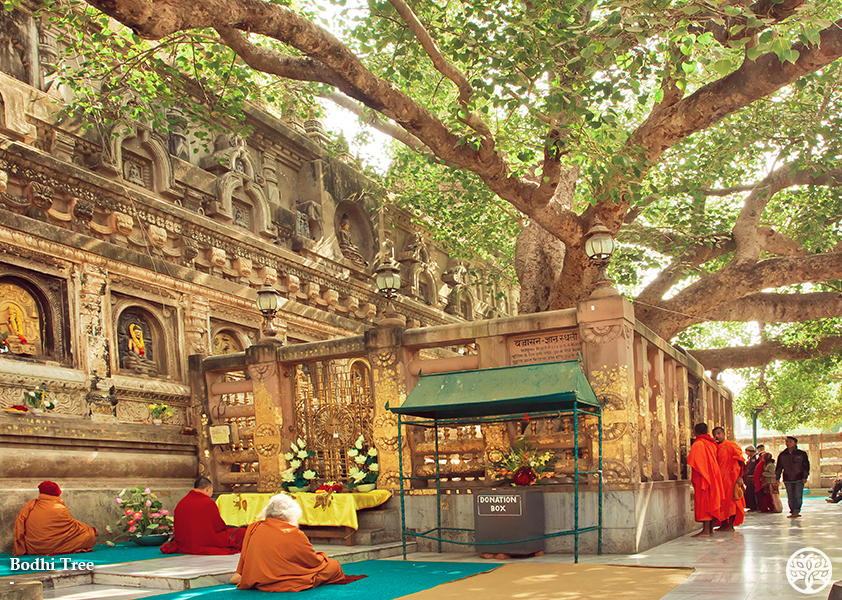
Located at the back of the Mahavihara is the Bodhi Tree, the tree under which the Buddha sat and attained Enlightenment. The original Bodhi Tree is no more and the current majestic Bodhi Tree is a direct descendent of the original tree.

Next to the Bodhi Tree is the Vajrasana, a thick slab of polished grey sandstone believed to have been laid by Emperor Ashoka to mark the site where the Buddha attained Enlightenment (around 260 BCE). Surrounded by railings, it is not possible to touch the Vajrasana but one can glimpse at the magnificent keepsake from ancient times.
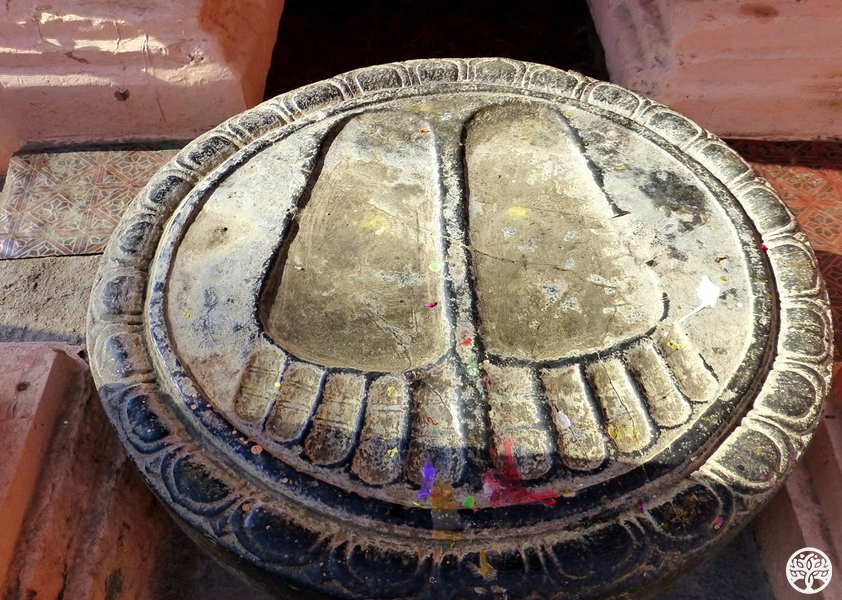
There are also stone sculptures of Buddha’s footprint located around the Mahavihara where one can admire the artwork and reflect over the meaning of following the footpath of the Buddha. More information on the Buddha’s footprint can be found at here.
Surrounding the Mahavihara complex are also markings indicating the presence of the Buddha during the 49 days after His Enlightenment. It was stated that after attaining Enlightenment, the Buddha spent 49 days contemplating on His Enlightenment. He spent these seven weeks at seven locations, which are marked throughout Bodh Gaya.
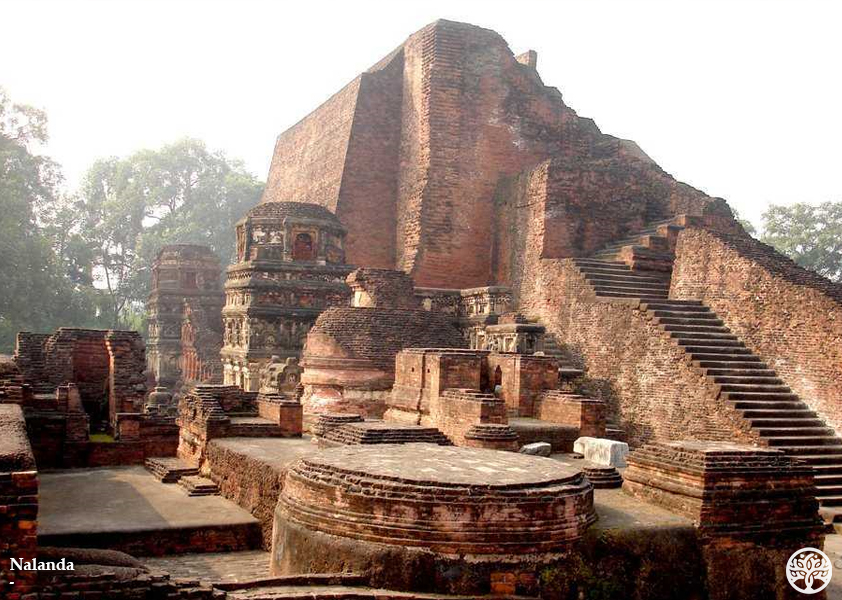
Over the one and a half millennia after the Buddha’s Enlightenment, Buddhism enjoyed royal patronage from Mauryan, Kushan and, later, Pala empires. Bodh Gaya and Nalanda developed into places of learning and attracted learners worldwide. Today Bodh Gaya is back to its preeminent spot as one of the four holy sites for all Buddhist pilgrims.
The stirring structure of the Mahabodhi Mahavihara is believed to be inspiration for important Buddhist buildings throughout Asia – the Chiang Mai Temple in Thailand, The Pagan Pagoda in Myanmar, the Mahabuddha Temple in Nepal and the Wuta Si Pagoda in China.
MORE ARTILCES: Four Sacred Buddhist Sites (I) - Lumbini
MORE ARTICLES: The Stupa I




